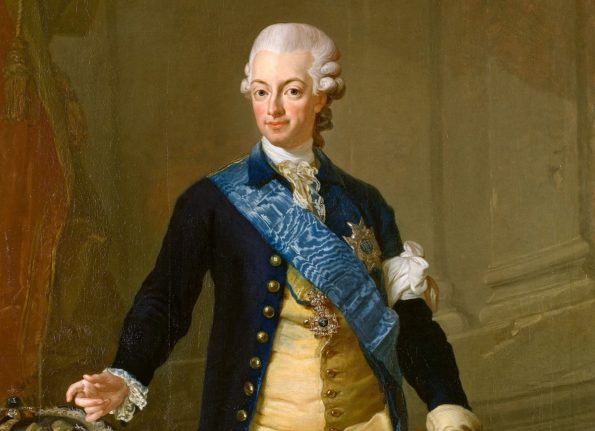Easter celebrations in Denmark include Maundy Thursday, Good Friday, Easter Sunday and Easter Monday. All of these are national holidays in Denmark and schools are closed, so much of the country enjoys an extended spell of time off (without using annual leave) at this time of year.
Many Danes, however, stretch out the holiday by taking off the Monday, Tuesday and Wednesday leading up to the start of the public holidays, meaning the Easter break becomes an extended holiday stretching out for ten glorious days, including the weekends.
While a lot of these days are simply used for relaxing and enjoying downtime, the staple tradition for many families, and in some cases groups of friends, is the påskefrokost or Easter lunch.
Usually taking place on Easter Sunday, the Easter lunch can be drawn out across the day and actually encompass both the afternoon and evening meals. It is interspersed by going for walks in the (hopefully) spring weather, and Easter egg hunts and gækkebrev (a lovingly cut out and decorated letter including a little poem or riddle) activities for kids.
So what can you expect to eat if you are invited to an Easter lunch?
READ ALSO: Five ways to make a good impression at a Danish home
Curried herring (karrysild), a mainstay of Christmas lunches and known for being something of an acquired taste, also makes common appearances on Easter dining tables. The dish is made by combining marinated herring with a dressing of mayonnaise and crème fraiche flavoured with curry spices.
Boiled eggs are the savoury counterpart to all the round chocolate treats probably preferred by most children at Easter, and you are likely to see them served at Easter lunches (where the dishes are typically placed on the middle of the table, with guests serving themselves). Skidne æg (literally “dirty egg”) is a version covered in a mustard and cloves dressing.
Fish fillet with remoulade is a family favourite and includes arguably the national Danish dressing, remoulade, a vinegary mayonnaise-based sauce made using turmeric and pickled vegetables. The fish is usually a plaice (rødspætte) in Danish fried with a breadcrumb and egg coating.
Tarteletter is another Danish classic common at Easter. Possibly the closest thing you’ll get to a meat pie, the ‘tartlets’ are made using open puff pastry cups (which can easily be bought pre-formed in supermarkets if you’re not a pastry expert). The filling typically contains chicken, asparagus, carrots and celery.

These are far from the only, or even the most important, elements of a Danish Easter lunch but they are among the ones you are most likely to see. Sides of rye bread and potatoes will also probably be on the table, as will slices of smoked salmon, possibly a quiche, and perhaps a lamb-based meat dish.
Once you’ve got through all that, prepare to socialise and let your meal go down for a while, perhaps over a snaps or coffee, before going for a walk in the fresh air to liven you up for cakes and desserts.
Cheesecake and muffins could well be on the menu by this time, but two of the most popular Easter time cakes are citrontærte, lemon tart, a French-inspired offering with a dense base and lemon meringue topping; and the citronmåne or lemon moon, a lemon infused sponge with marzipan and icing.



 Please whitelist us to continue reading.
Please whitelist us to continue reading.
Member comments